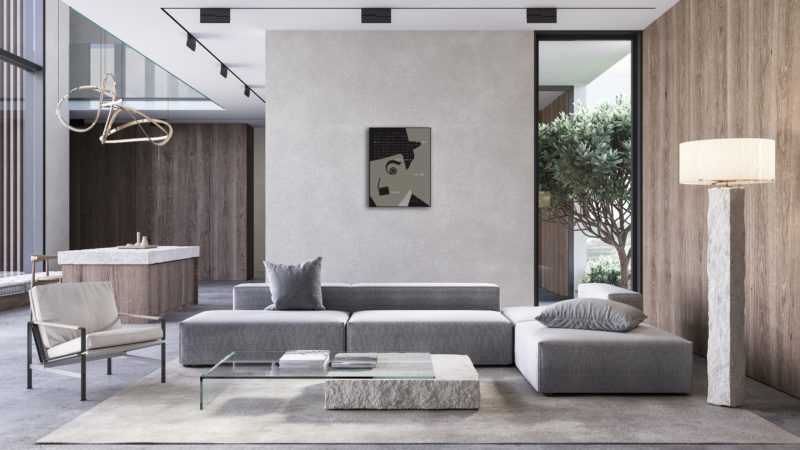
“We shape our buildings, thereafter they shape us.”
-Winston Churchill
Now that 2023 has arrived, everything – including our architecture and interiors is being viewed from a new angle. It’s natural to want to make improvements and updates to our lives and our spaces.
As the pandemic begins to recede, our attitude toward our homes will likely evolve and transition into prioritizing different viewpoints. While the past year may have had us prioritizing practical considerations like home office set-ups and ample storage. This year we may start to focus more on creating more personalized and welcoming spaces that speak to us while fostering a sense of connection and community.
We did our thorough research and we have some insight into the top architecture design trends this year, with a focus on environmentally-conscious design choices at the forefront.
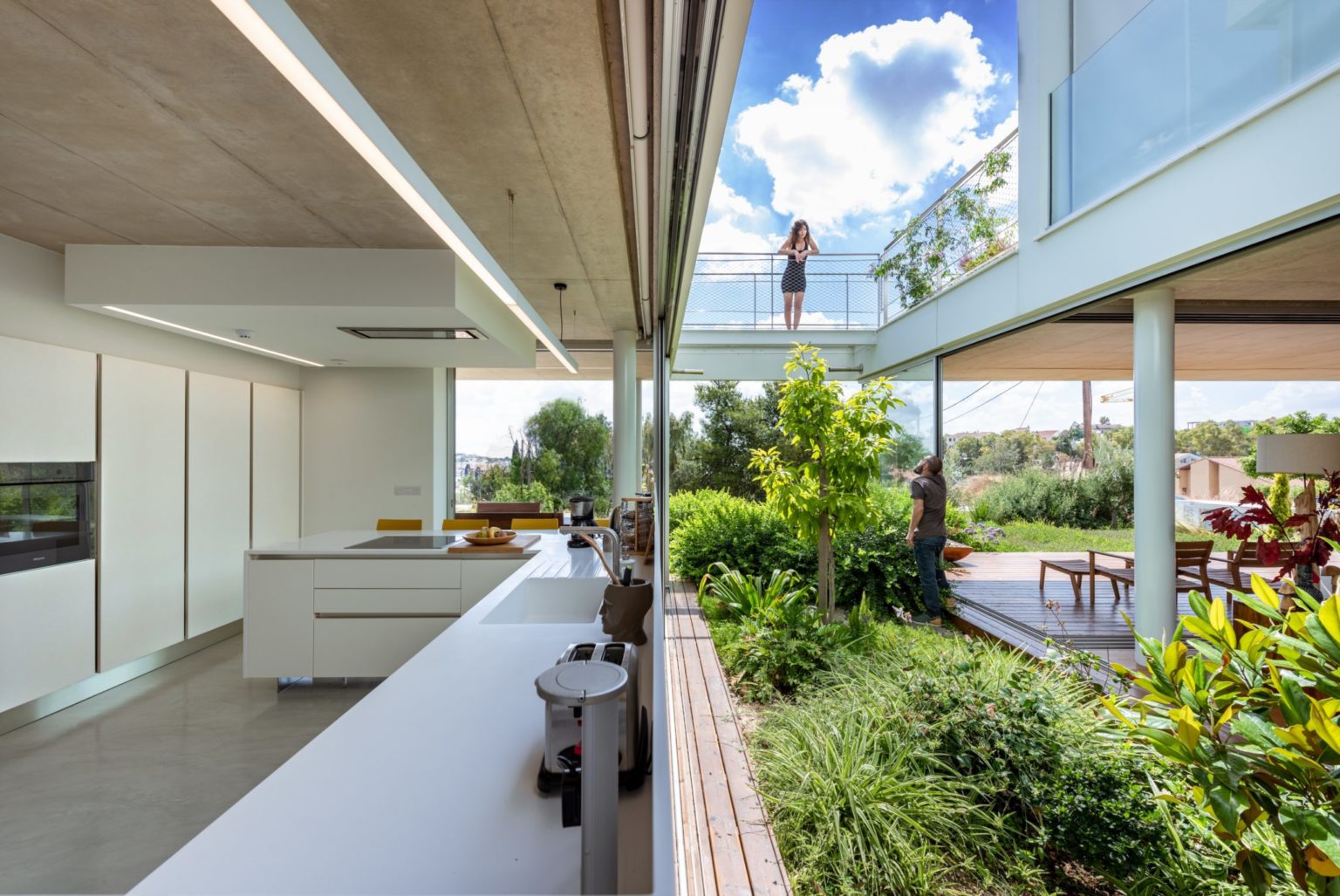

Biophilic interior design, in its simplest form, refers to bringing nature inside. There has been a trend in recent years of incorporating elements of nature. Such as plants and botanical patterns into interior design. While this trend is still popular, it is evolving into a new form.
This year, it seems that the design trends are taking a bit of a departure. From the lush, verdant inspirations of the past. Instead, there’s renewed focus on nature’s more rugged, imperfect aspects. Think desert vistas, mineral-hued palettes, and raw, unfinished textures. The color scheme is shifting towards earthy greens and sandy, muted shades.
We’ve been seeing a lot of live-edge tables made from beautiful, raw wood or big stumps used as end tables. It’s a look that celebrates the beauty in the imperfect and the natural. And it’s one to watch out for in the coming months.

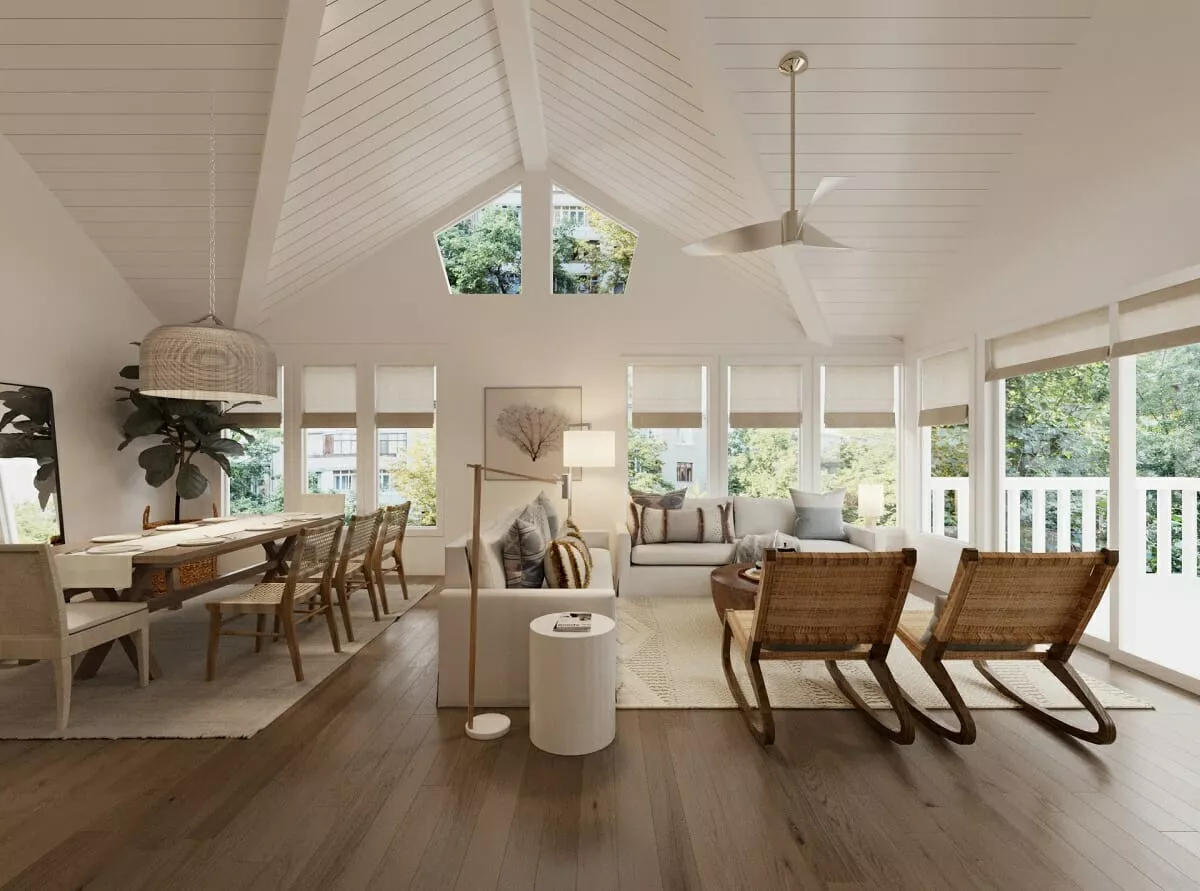
As people become more conscious of their impact on the environment and prioritize sustainability, there is a growing trend toward using natural materials in home design and incorporating sustainable practices into our daily lives.
There has been an increasing pivot from synthetic materials like acrylic, PVC, and composites to organic materials. Elements such as wool, cotton, bamboo, linoleum, and cork, are being incorporated into a variety of design elements, including flooring, furniture, textiles, and building materials. People are becoming more invested in investing in high-quality, long-lasting products for their homes.
Eco-friendliness is also becoming an increasingly important factor for homeowners when searching for a new property. An inclination toward choosing home goods that are zero-waste, artisan-produced, or up-cycled is on the go. It seems that in 2023, sustainability will be a top priority for many homebuyers.

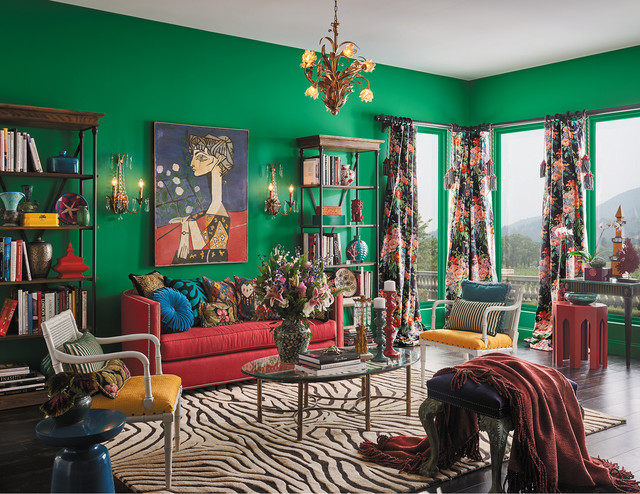
People are moving away from the ultra-minimalist look and want more color and energy in 2023. Although neutral colors are timeless, all-neutral color schemes are becoming slightly stale.
Individuals involved in the design, both professionals and those who use the spaces, are shifting towards incorporating bold, vibrant elements such as textiles, decor, and saturated hues to create spaces that reflect their aesthetics and tastes, as opposed to spaces that are characterized by a neutral or subdued color palette. Through the use of more color pop, it seems that people are ready to embrace bold, moody, and dramatic in their homes.
Pantone’s new color of the year, Viva Magenta, hints at how boldly colorful interiors will be in 2023 and beyond. Deep reds, browns, and greens will also take the spotlight in 2023. Whether used as an accent color or as the main attraction, bold colors are sure to make a statement.
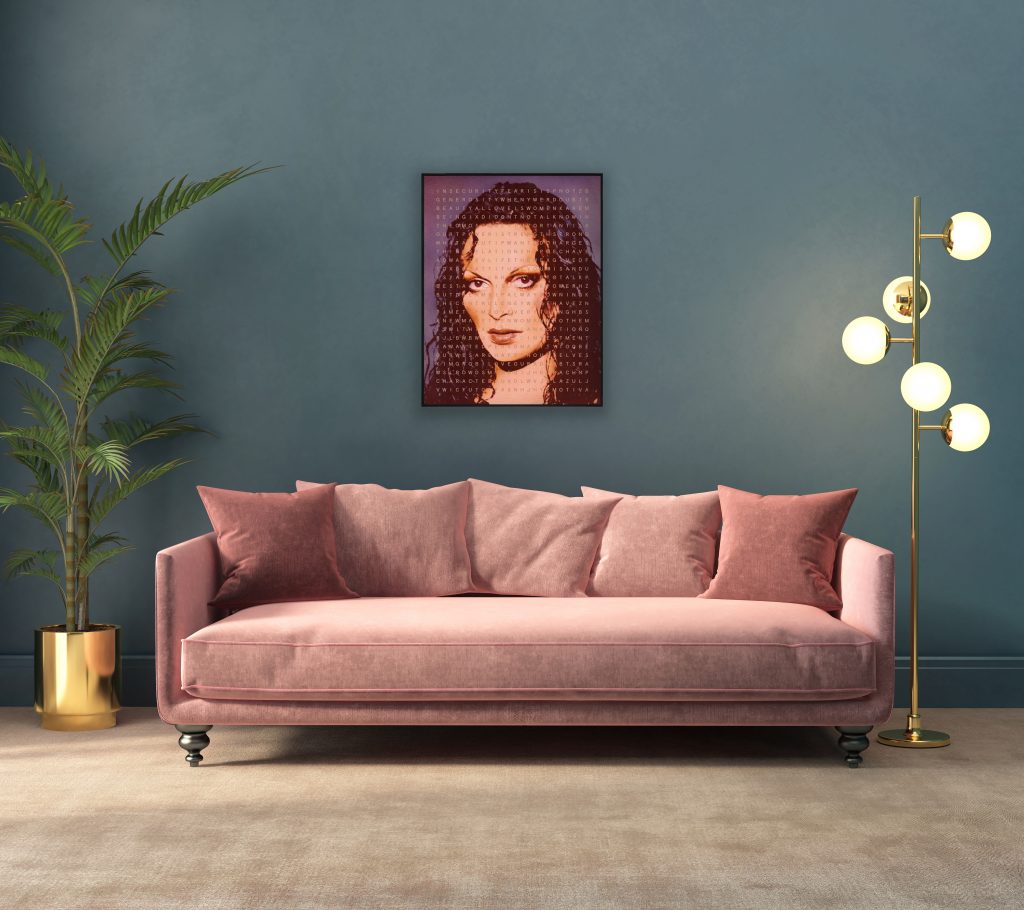
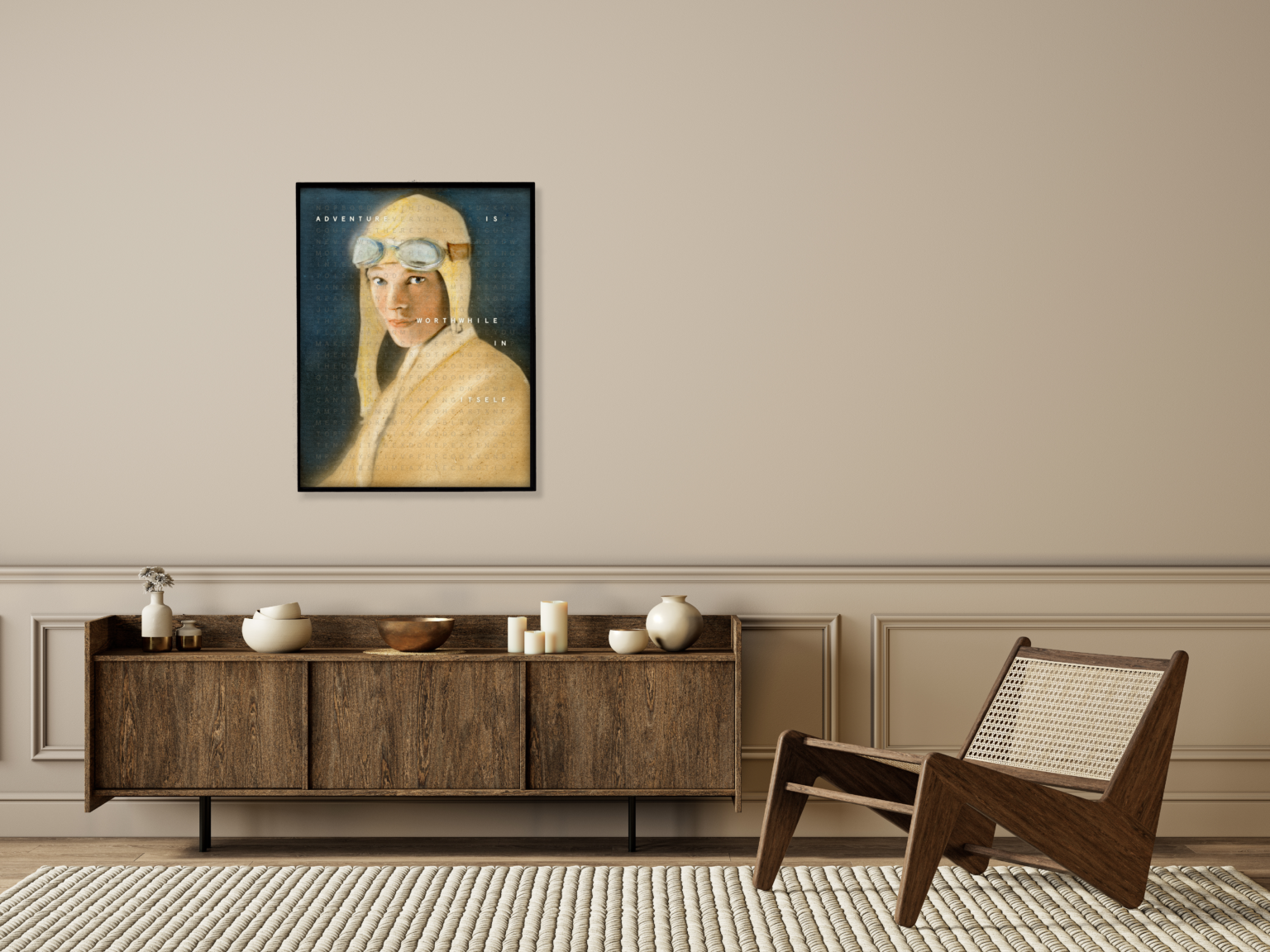
People want character and dimension in their spaces, especially after spending a lot of time at home in the past couple of years. People are moving closer toward designing homes that speak to them in a way that is meaningful and reflects their personalities. This means using more personalized art pieces, texture in stone and tiles, and more use of color instead of basic white.
While investing in these designs, people are looking for personalized experiences rather than simply using them for a feel-good look-good purpose. While minimalism was good while it lasted, we’re seeing an inclination toward embracing warmth, depth, and character in their personal spaces. Pinterest-perfect rooms are now being replaced with cozier homely spaces that feature private collections, unique art, and a mix of old and new furnishings.
Speaking of character-driven designs and personalized experiences, this is exactly what Motiva is aiming to create. With our new architecture program, architects and design professionals can create their own or offer their clients a bespoke Motiva that is an extension of their client’s personalities and overall aesthetic.
Motiva is a new visual art that inspires, engages, and empowers. It captures the viewer through its powerful viewing experience as a series of powerful quotes are displayed rhythmically. As it hangs on your wall, it gives meaning and enriches any setting it is placed in.
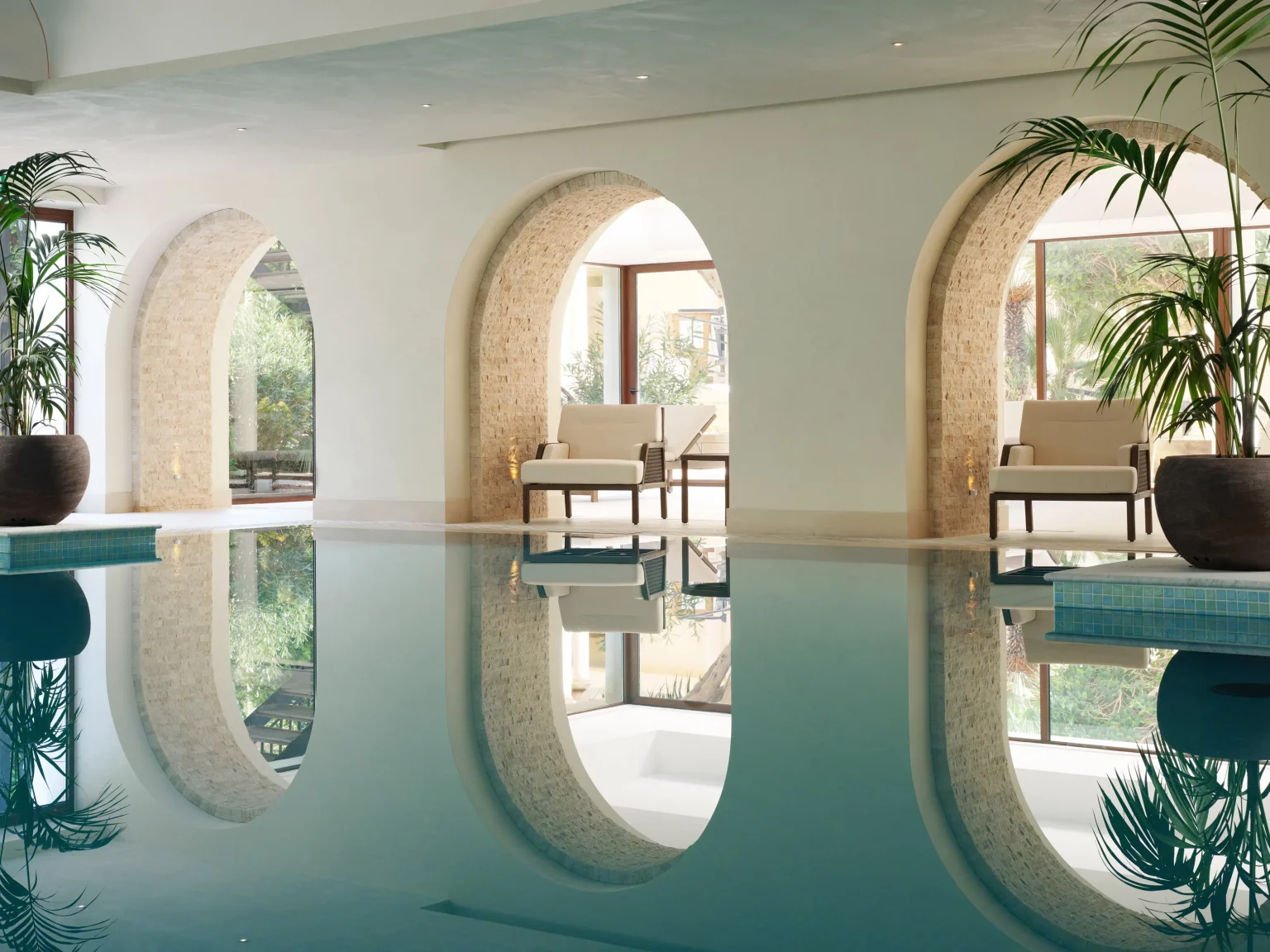
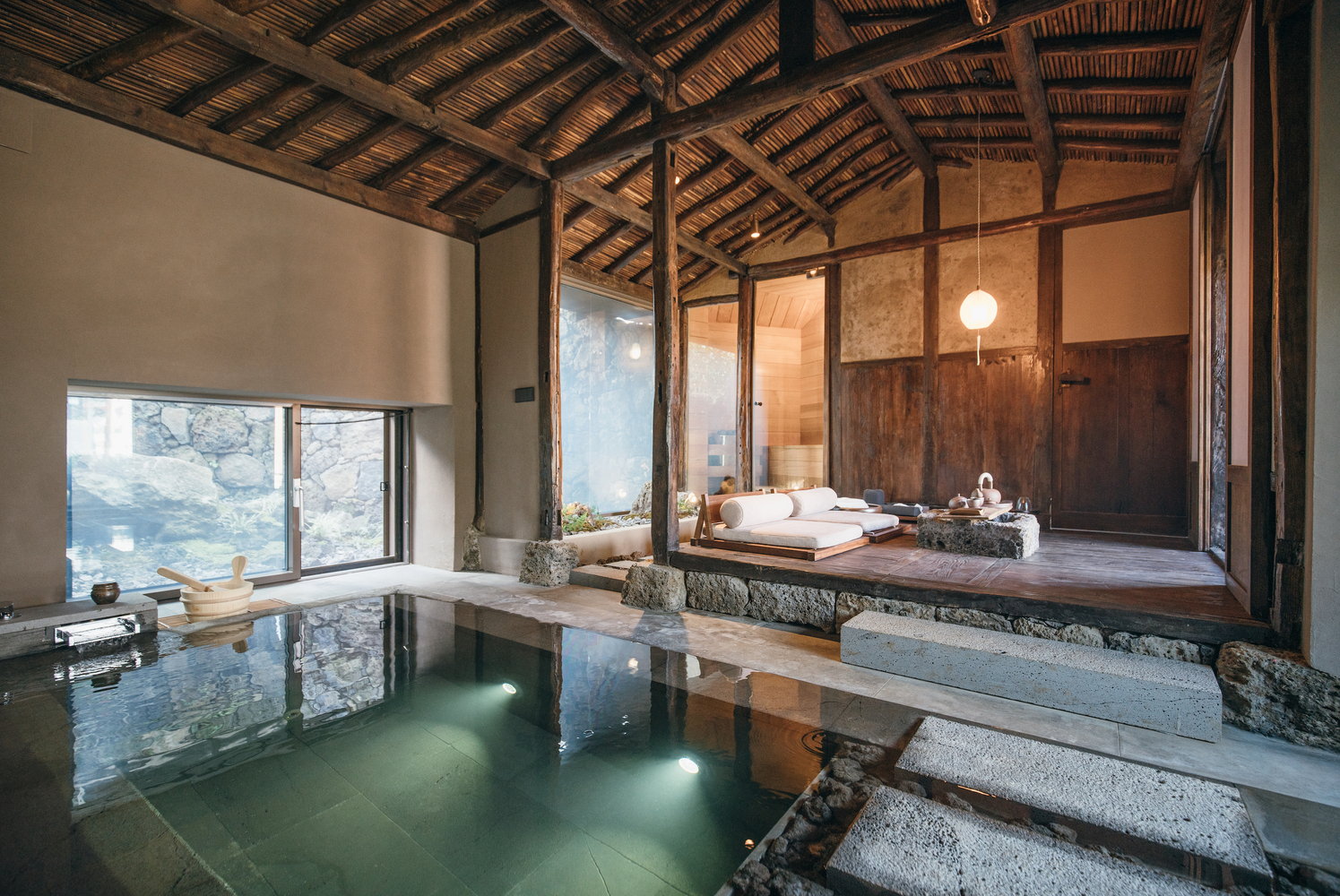
The challenges and disruptions of returning to pre-pandemic life, including high gas prices, a housing market boom, and global uncertainty all slowed us down. However, this shift also caused many of us to seek solitude and rest in our daily lives. With most of our time spent indoors, cultivating a zen home became a top priority.
With so much happening in the world today, people are looking for ways to find balance and serenity in their personal lives. There has been a higher inclination towards large balconies and terraces, optimal lighting, and ventilation, and multi-purpose areas within the home. Keeping in mind a scope for functionality and not just for making a design statement.
This year, we’re looking at the addition of intentional spaces for activities. Like meditation, yoga, exercise, and even home spas incorporated in home designs lately.
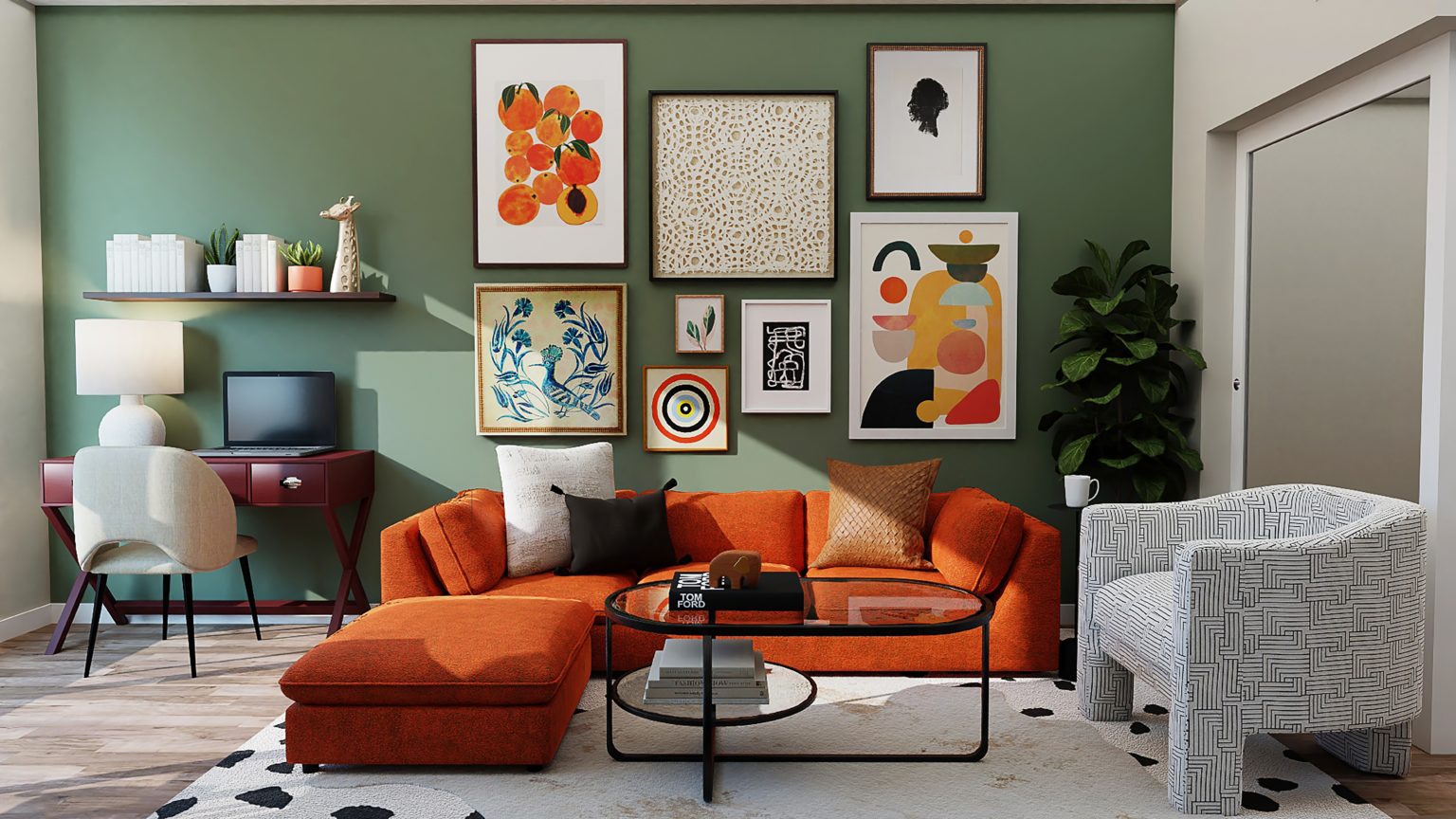
As we begin to gather with friends and loved ones again, the role of our homes as social hubs may become more critical than ever. Instead of simply serving as a functional space for work and shelter, our homes will once again be the center of our social lives. And the way we design and decorate them will reflect this shift.
The world of architecture is constantly evolving and adapting to the needs and desires of the people. The trends we’ve outlined above are just a few of the ways that architects and designers are pushing the boundaries. Such as what’s possible and creating innovative and dynamic spaces to live and work. Whether it’s through the use of new materials, the incorporation of wellness, or the focus on sustainability and accessibility.
We can’t wait to see what the next year brings and what exciting new trends will emerge on the horizon.